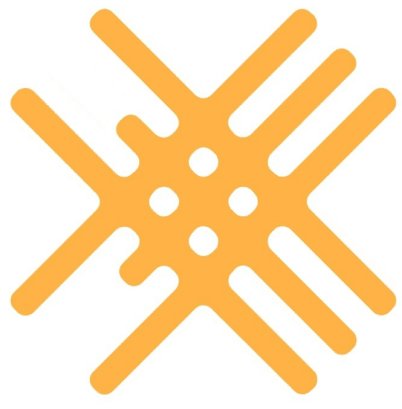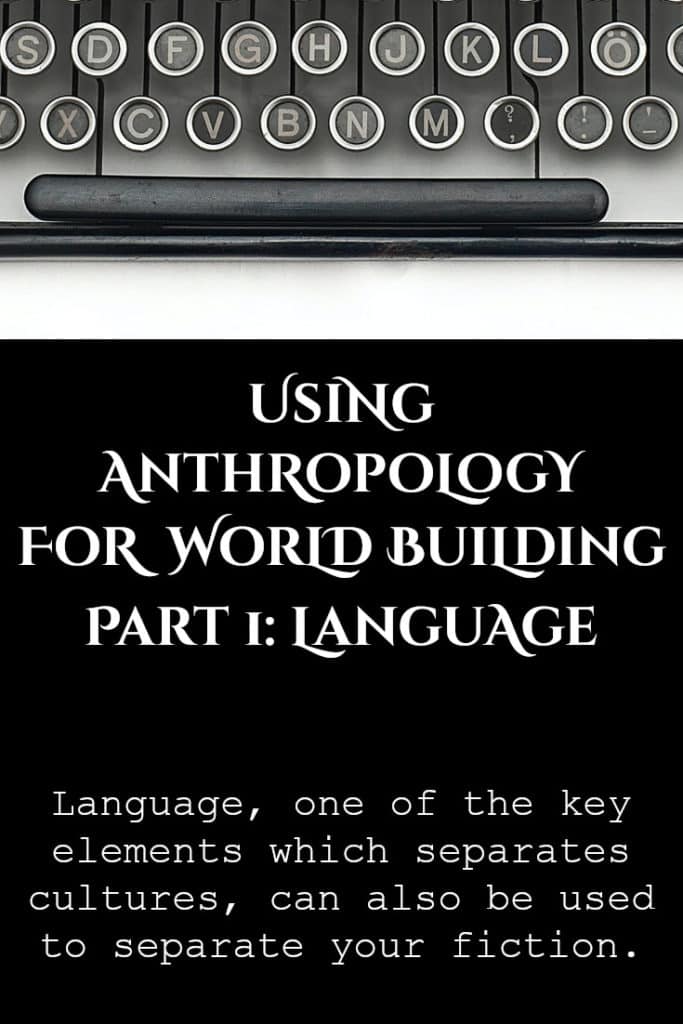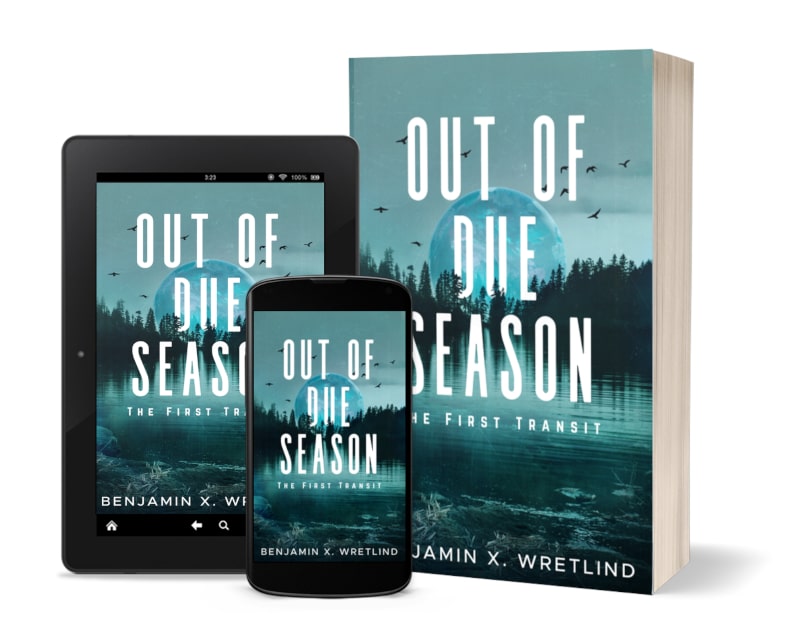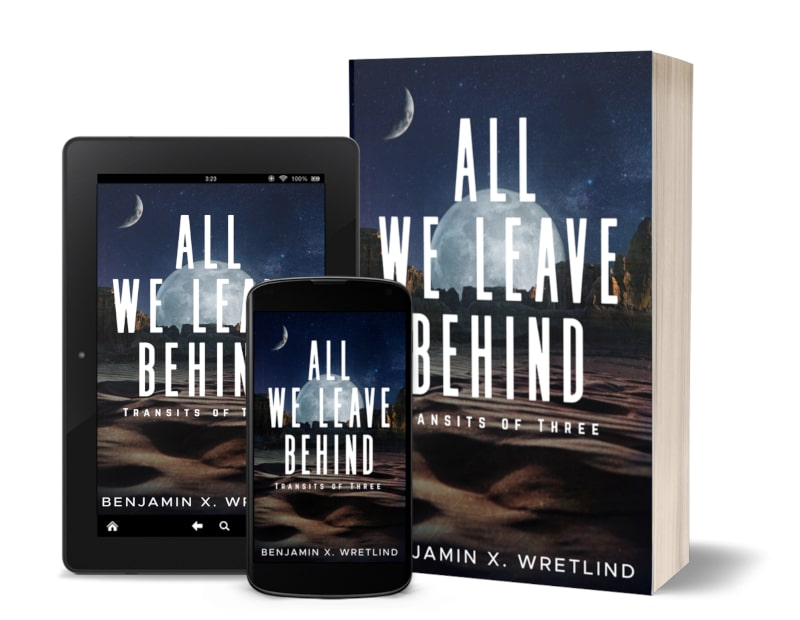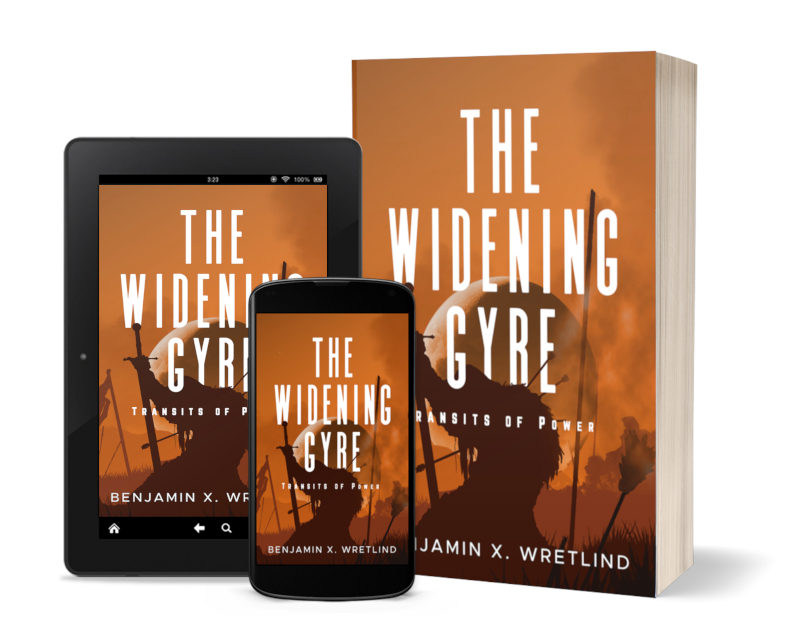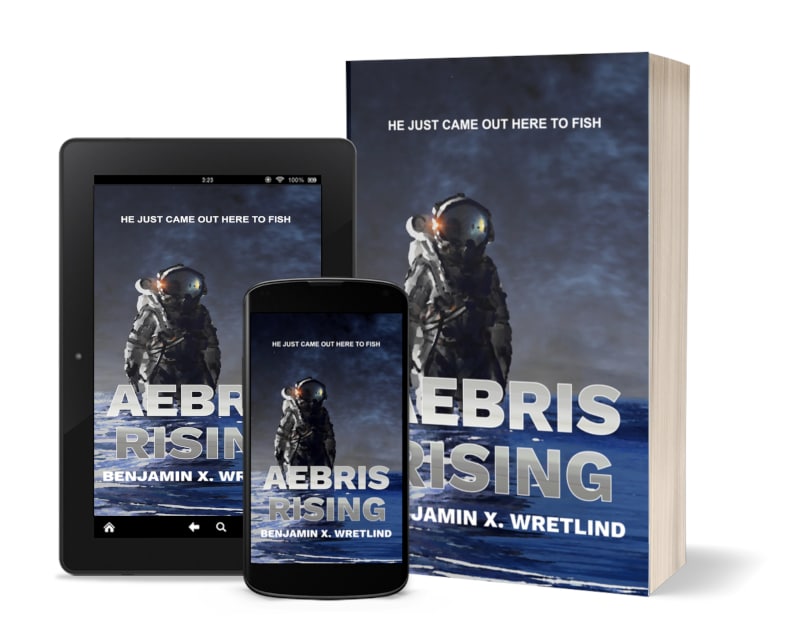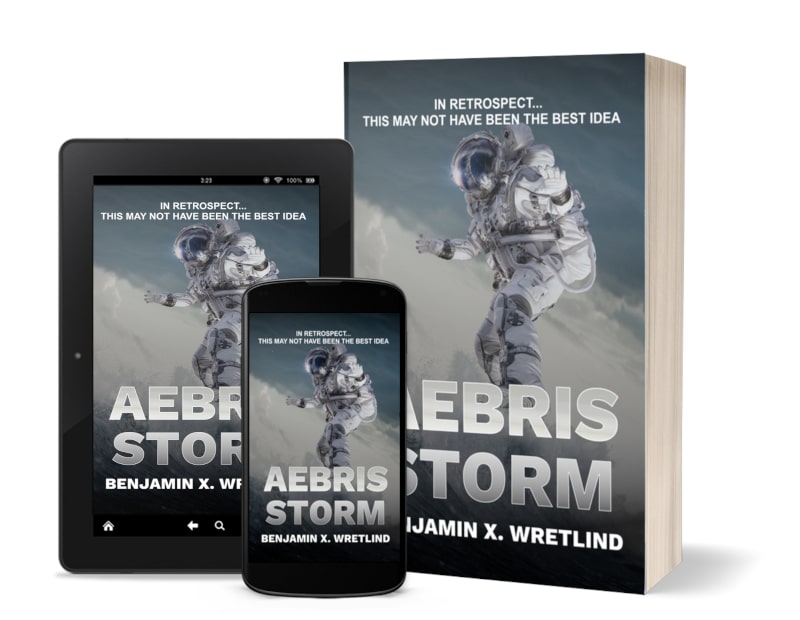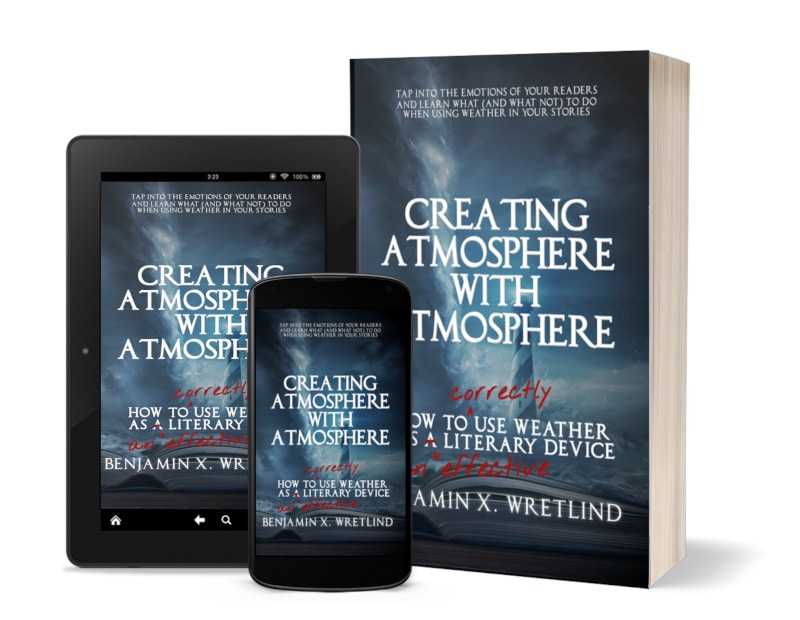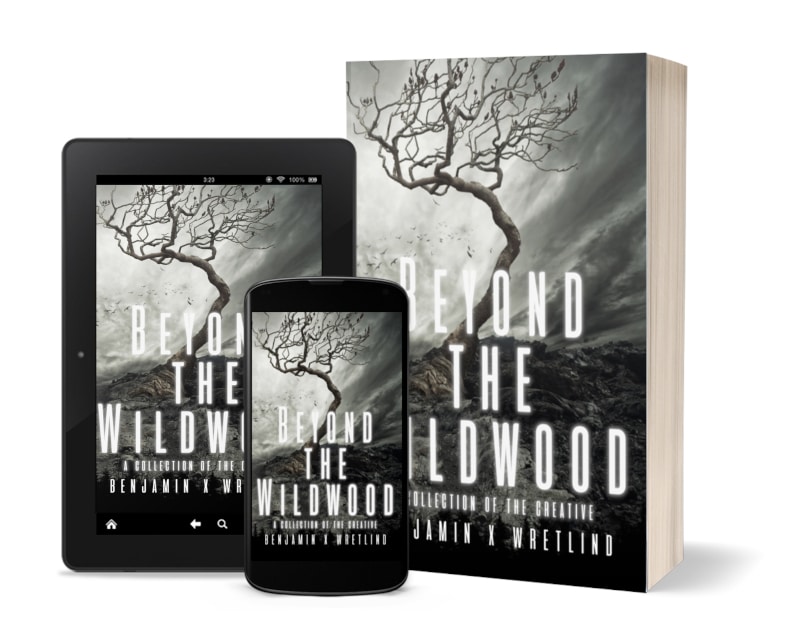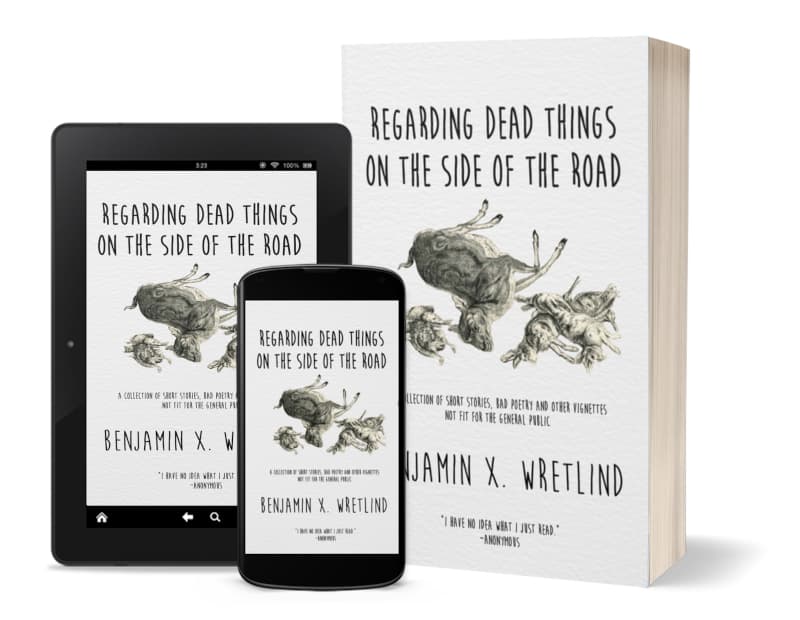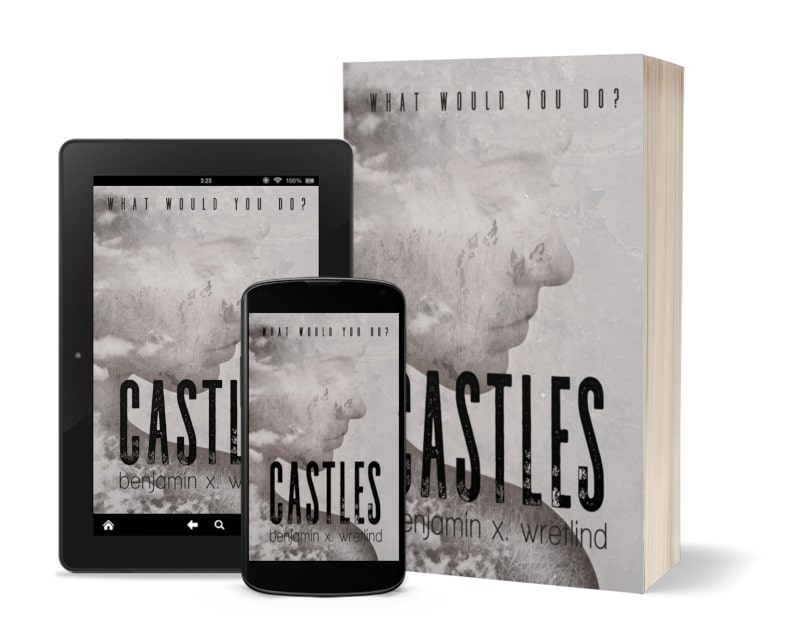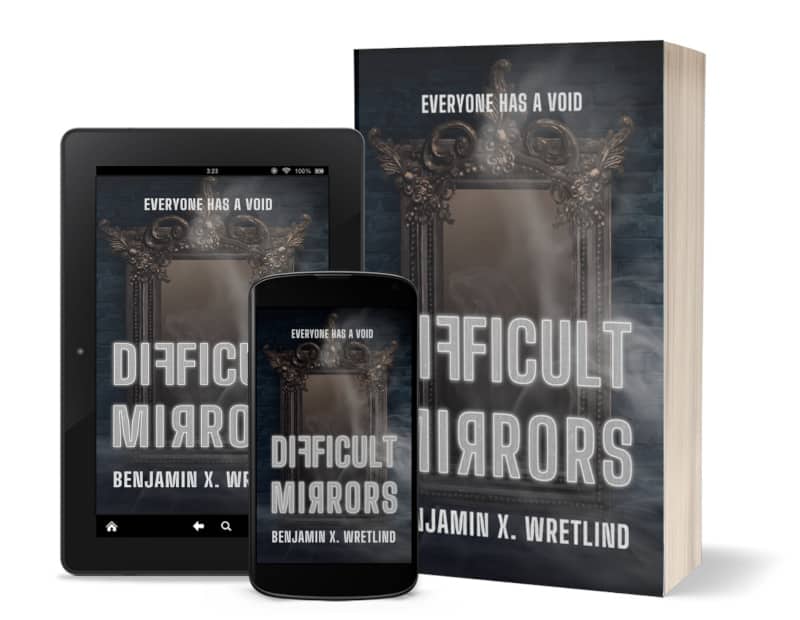Using Anthropology for World Building – Part 1 (Language)

As writers, we get to create things, from worlds to creatures to whatever you can think of. As readers, we get to experience worlds we never imagined might exist.
Even if you’re writing or reading a romance set in Italy, you’re still creating a world or reading about one that was created for you.
When world building, writers have a lot of fun creating animals or terrain that exists only in their imagination. But to embed the reader in that world, the writer needs to bring them into the culture itself. This is where anthropology can come into play.
The idea for this eight-part series about using anthropology for world building came from a workshop I attended at the 2022 Pikes Peak Writers Conference. I gladly give credit to Darby Karchut, author of Del Toro Moon, for all the scribbles I put in my notebook.
There are eight elements which make up a culture, things that help define it as something different from something else. They are:
- Language
- Religion
- Social Groups
- Arts & Crafts
- History
- Government
- Economy
- Daily Life
When I first sat down to the workshop, I didn’t think I had it right. My latest series, Transit, is what I consider anthropological science fiction, that is a forward look with a backward lens. While the first novel, Out of Due Season, was a set up to the rest of the story, the second and subsequent novels were intended to establish a new culture, and I feared I may have been missing one of those eight elements.
I was, sort of, but not entirely. I am eternally grateful for this workshop, especially as I’m in the process of editing the third novel in the series.
When world building, it’s more fun to create animals or terrain that exists only in your imagination. But to embed the reader in your world, you need to bring them into the culture itself. This is where anthropology can come into play.
To give you an example of this, I will use my upcoming novel Sunshine and Shadow: Exodus, or The Second Transit, to show you how I managed to ensure that I had created a lasting culture and not just a few people on a new world running from things.
I hope you get as much out of this information as I have.
This post will focus on language, while subsequent posts will deal with the other elements.
Language is one of the key elements which separates cultures.
Have you ever heard the story of the Tower of Babel? It is an origin myth in the Bible in Genesis. There, a united human race all spoke the same language, and they decide to build a tower to heaven. God doesn’t like this, however. He makes it impossible for construction to continue by confounding speech so that no one understands each other and then scatters everyone around the world.
There are similar stories found in Sumerian and Assyrian myth, in Mexico and Arizona, in Greek mythology, in Nepal and even in Botswana. Like many cultures, myths were written to explain certain traits of society, such as a child asking, “Why do they speak that way?”
Was there ever a single “origin” language, a time when all people spoke the same way and understood each other?
There’s a whole study within the world of linguistics devoted to answering that question. Here, though, we’ll just focus on how you can use language to expand the realism of your own world building.
J.R.R. Tolkien did this in the Lord of the Rings. As one of the fathers of a practice called conlanging, Tolkien created many different languages. Conlanging, or constructed language, is the hobby of inventing a vocabulary, grammar, and phonology that is typically used in fiction.
Have you heard of Klingon? High Valyrian? Dothraki? Na’vi? Sindarin?
These are all constructed languages used in fiction, and their very presence and use within a story further embeds the reader that author’s culture.
Does a conlang have to be complete to be used in fiction?
Not really. While I can learn Klingon and Valerian on my Duolingo app, I don’t need to know the language in order to appreciate how and why another culture would use it. Knowing that another culture within the world I am reading about speaks another language can be just enough to bring me inside.
Do you have to have an alphabet in order to create a language for your novels?
Not really. There’s an excellent book by David J. Peterson called The Art of Language Invention. Peterson expanded upon George R.R. Martin’s Dothraki language for use in the television show Game of Thrones. Dothraki has no written elements. While Peterson created grammatical rules and linguistic patterns, you do not have to go into so much detail. You can create simple patterns and expand on them.
When writing the Transit series, I knew I needed to construct an alien language. This is where, in my opinion, thing get a little harder.
Spoken language is made possible by our anatomy, but as we do not share the anatomy of anything beyond the human species, would speech be the same? Would it even be possible?
When I was a kid, I invented an alien language wherein the aliens themselves changed their body to “speak.” A phrase might be a 3D box colored red and the response might be a pyramid colored blue. Geometric shapes and colors were the basis for the language itself, but I didn’t get too far. I have yet to use this language in a story, either (although that’s still not outside the realm of possibility).
In the second book of the Transit series, Sunshine and Shadow, the human colonists run across texts written by an alien species. The texts are made up of logograms, symbols and more.
“So, what are we looking at here?” Sister Alexis held a text in her hand and turned the pages with the utmost care.
“Gobbledygook. That’s what you’re looking at. A bunch of lines and circles and squares and funny squiggles that amount to a heap of nothing useful for us. That’s the problem. Without a Rosetta Stone or some baseline translation, the language in those books and the ones still in the COL ship is impossible to read. There are alphabets, logograms, phonograms, whatever-grams all laid out in no discernible pattern. It was like they changed the language based on their bowel movements, for all we could figure out.”
I do get into the language quite a bit in the novel, and you can do the same in your own world that you’re creating. Elves don’t have to speak Quenya (a language created by J.R.R. Tolkien) or Eltharin (the language of the elves in the Warhammer series). They can speak whatever you come up with.
That’s the beauty of fiction, of course: invention.
When you’re building your fictional world, think of how the aliens or fantasy creatures might speak, and then construct a language for them.
Communication is necessary for all species to grow, and their language (your language) will bring your readers into your world just a little bit more.
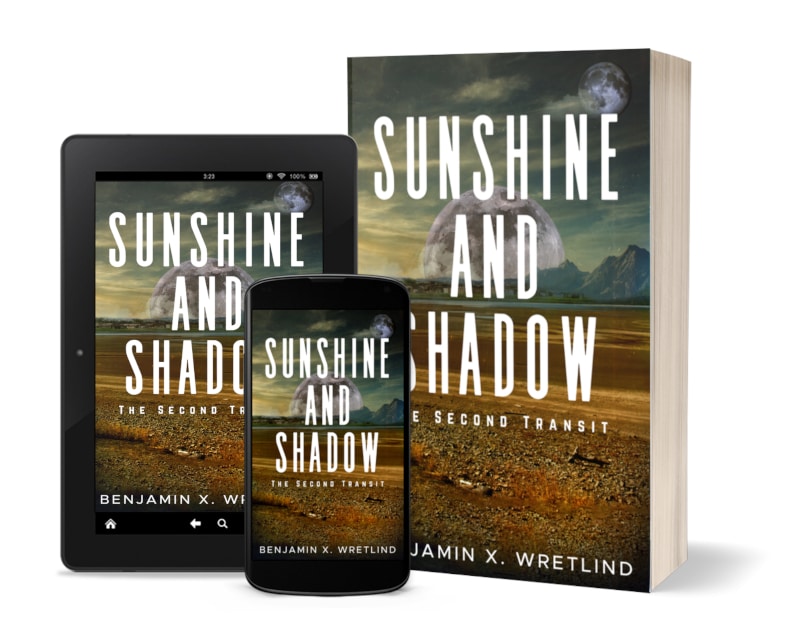
Admittedly, I have a lot to learn still about conlanging. But if you would like to see what I’ve done with my own alien language, you can check it out in Sunshine and Shadow: Exodus, or The Second Transit.
